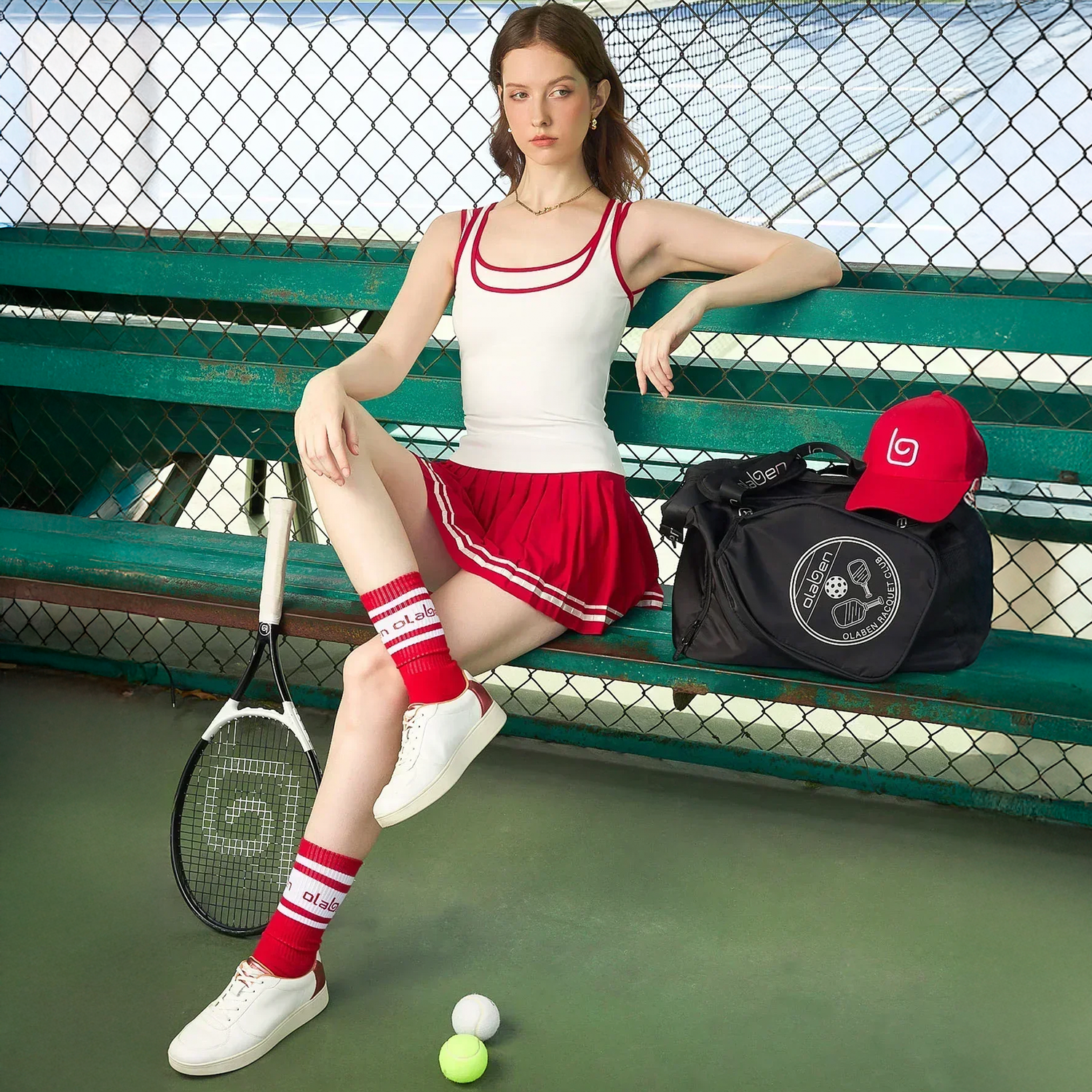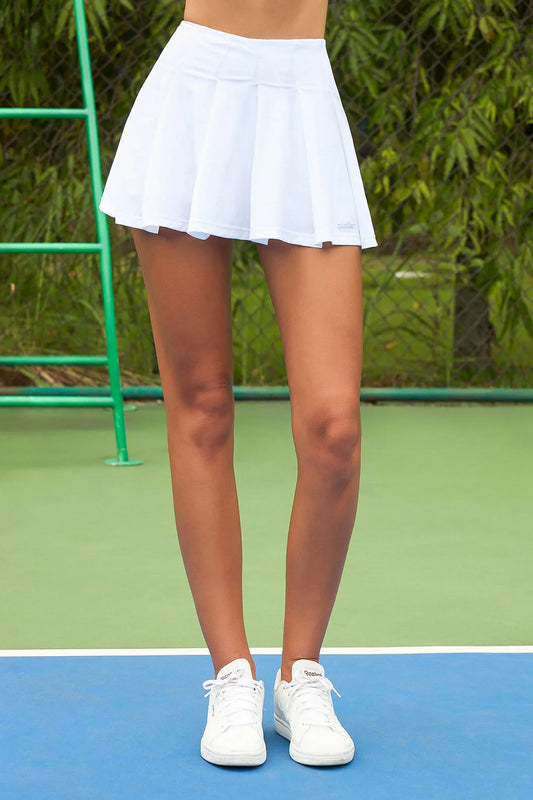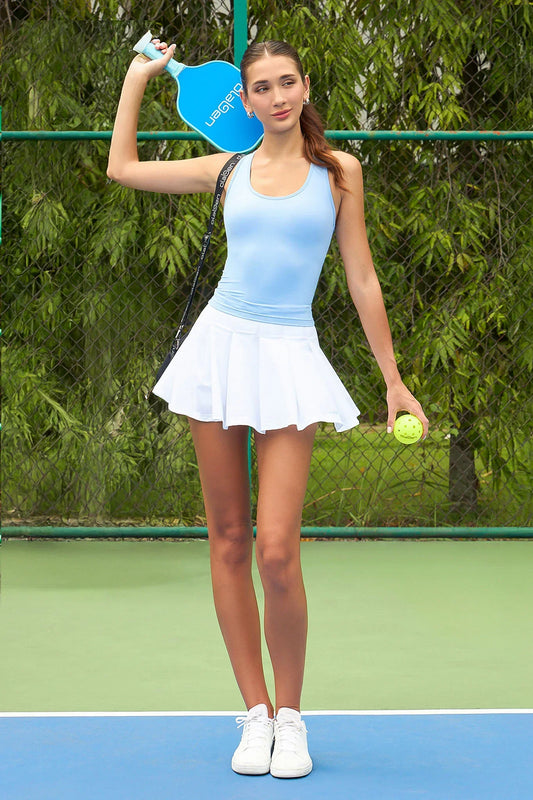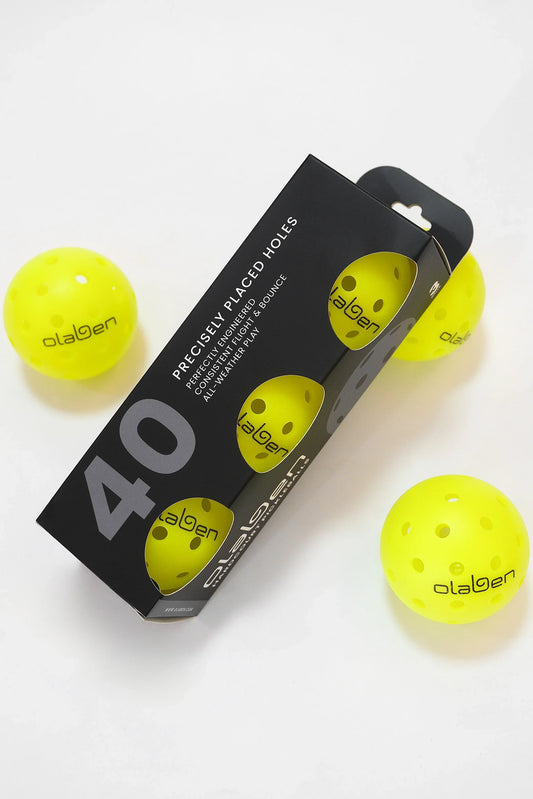Singles pickleball is fast-paced, physically demanding, and one of the best ways to sharpen your all-around game. Unlike doubles, you don’t have a partner to cover half the court—every serve, return, and rally rests on your shoulders. That’s why having a smart singles pickleball strategy can make the difference between chasing balls and controlling the game.
In this guide, Olaben will break down the best singles pickleball strategies for beginners, intermediate, and advanced players. Whether you’re stepping onto the court for the first time or preparing for tournament play, these tips will help you play smarter and win more matches.
Why Singles Pickleball Strategy Matters
Singles pickleball is not just about raw athleticism. Yes, endurance and speed are key, but strategy is what allows you to:
- Control the pace of play
- Force opponents into mistakes
- Take advantage of open court space
- Win points without overexerting yourself
If doubles pickleball is like chess with partners, singles is a one-on-one duel where court positioning, shot selection, and stamina rule.

Singles Strategies for Beginners
If you’re new to singles pickleball, your focus should be on developing consistency, building good court habits, and learning how to stay balanced during rallies.
1. Serve Deep and Strong
A deep serve keeps your opponent pinned behind the baseline, forcing them to hit upward and giving you more time to prepare for their return. Beginners often focus only on getting the serve “in,” but adding depth and power early on will immediately put pressure on your opponent. Just remember—accuracy comes first. Power without control often means unforced errors.
2. Serve from the Center “T”
Standing closer to the middle line (the “T”) gives you better coverage for your opponent’s return. It reduces the sharp angles they can create and allows you to recover to the center faster. This is especially useful when you’re still learning how to track the ball efficiently.
3. Return Deep
Your return of serve is just as important as the serve itself. By hitting a deep return, you push your opponent back and prevent them from rushing the net too quickly. If possible, aim toward their backhand—often the weaker side for most recreational players.
4. Limit Lobs
Lobs might seem like a good idea, but in singles, covering that extra distance is tough. Since you don’t have a partner backing you up, only use lobs when your opponent is caught at the non-volley zone (kitchen) and clearly out of position.
5. Hit and Recover
In singles, recovery is everything. After every shot, move back toward the center of the court—slightly behind the baseline or just inside it, depending on the rally. This neutral position allows you to respond whether your opponent hits crosscourt or down the line. New players often get caught watching their shot instead of moving back into position.

Singles Strategies for Intermediate Players
As you grow more confident, the next step is to add variety, control, and movement into your game. At this stage, footwork and court awareness are just as important as shot selection.
6. Use Passing Shots
When your opponent advances to the kitchen line, you’ll need to keep them honest with passing shots. A well-placed drive down the line or crosscourt forces them to stretch, increasing the chance of an error or a weak volley.
7. Get to the Kitchen Line First
The player who controls the kitchen usually controls the point. Advancing to the non-volley zone reduces your opponent’s attack angles and allows you to dictate pace. Don’t rush blindly—use a third-shot drop or a controlled approach to move forward safely.
8. Compact Your Stroke
Long, exaggerated swings might feel powerful, but they slow down your recovery. Keep your swings short and efficient, especially on groundstrokes and volleys. This helps with consistency, improves reaction time, and conserves energy during longer rallies.
9. Improve Footwork
Singles demands more movement than doubles. Light, quick steps are better than big, lunging strides. Stay on the balls of your feet with knees bent, ready to shuffle side-to-side. Proper footwork reduces fatigue and puts you in position for higher-quality shots.
10. Aggressive Dinking
At the intermediate level, dinking isn’t just about survival. Use dinks offensively by targeting your opponent’s feet, pulling them wide off the court, or aiming at their backhand. Well-placed soft shots can set up an easy put-away on the next ball.

Singles Strategies for Advanced Players
Once you’ve built a strong foundation, it’s time to add finesse, deception, and tactical awareness. At the advanced level, success comes from anticipating your opponent’s moves and mixing up your own game.
11. Mix in the Soft Game
Pure power won’t win against skilled players. Incorporating drop shots, resets, and controlled placements forces your opponent to move, stretches rallies, and creates opportunities for mistakes. A strong soft game keeps them guessing and prevents them from locking into a rhythm.
12. Track Your Shots
Don’t just watch your opponent—track the flight path of your ball. By following where your shot lands, you can anticipate the most likely return and adjust your position accordingly. This higher level of awareness makes you faster and harder to beat.
13. Hit Behind Your Opponent
Use your opponent’s momentum against them. If they’re sprinting to cover one side, send the ball back to the open space they just left. This strategy is especially effective against players who overcommit to covering wide shots.
14. Master the Third-Shot Drop
The third-shot drop is a cornerstone of advanced pickleball strategy. y dropping the ball softly into the kitchen after the return, you neutralize your opponent’s advantage and allow yourself to move forward. Patience is key—avoid forcing risky winners and instead focus on consistency.
15. Choose the Right Time to Advance
Advanced players know that charging the kitchen line too early can result in being passed or lobbed. The key is timing: advance only when your opponent is on the defensive and likely to hit upward. This way, you take control of the rally instead of walking into a trap.

Final Thoughts
Singles pickleball rewards players who combine endurance, smart positioning, and tactical variety. Beginners should focus on depth and recovery, intermediates on footwork and controlled aggression, and advanced players on finesse and anticipation. With consistent practice and the right strategies, you’ll not only improve your singles game but also develop skills that carry over to doubles play.














